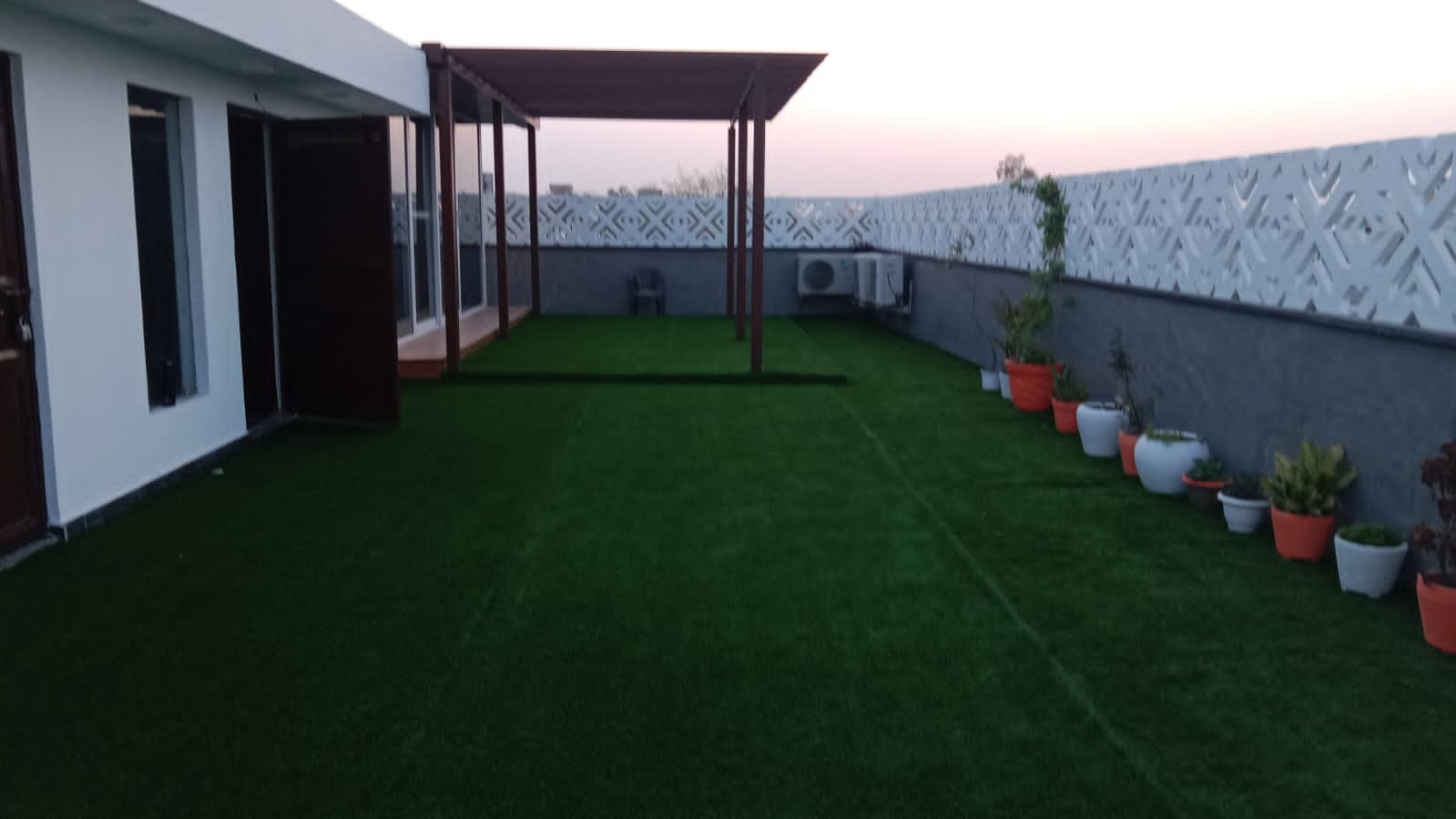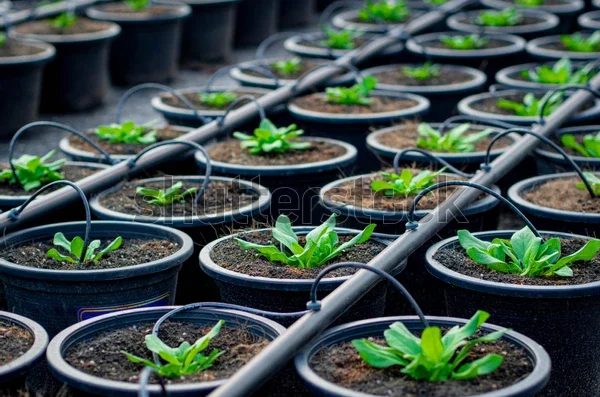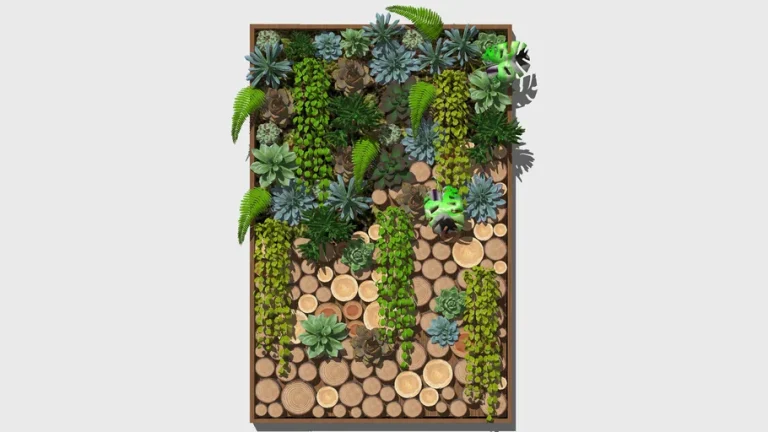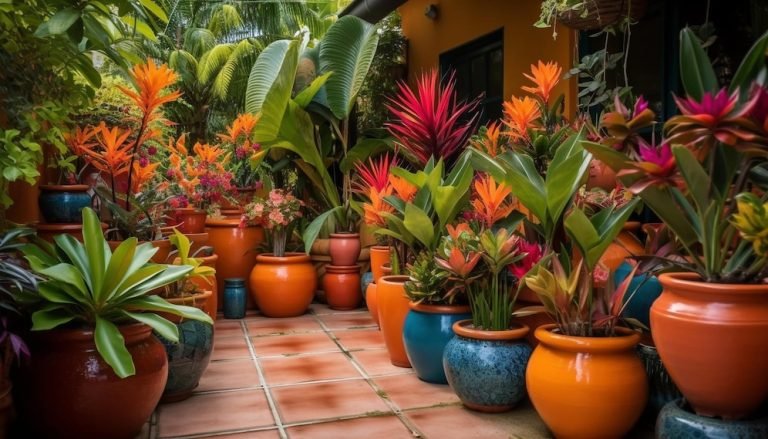Embracing the Vertical Garden Trend for Sustainable Urban Living.
In the ever-evolving landscape of urban living, the concept of vertical gardens has emerged as a vibrant solution to the challenges of space constraints and environmental concerns. As concrete jungles expand, the desire to integrate nature into our surroundings has led to the rise of vertical gardens, transforming barren walls into thriving ecosystems. This article explores the captivating world of vertical gardens, shedding light on their benefits, design principles, and the positive impact they can have on both individuals and the environment.
To Know More About It Please Click Here
Benefits of Vertical Gardens
- Space Maximization: Vertical gardens offer a unique way to maximize space in urban environments. By utilizing vertical surfaces, these gardens provide an alternative for greenery where traditional horizontal gardens might be impractical or impossible.
- Air Quality Improvement: Plants are natural air purifiers, and vertical gardens contribute significantly to improving air quality. They absorb pollutants and release oxygen, creating a healthier and more breathable environment.
- Aesthetic Appeal: Beyond their environmental benefits, vertical gardens bring a touch of natural beauty to urban landscapes. The diverse array of plants and colors can transform mundane walls into visually stunning, living artworks.
Design Principles
- Plant Selection: Choosing the right combination of plants is crucial for the success of a vertical garden. Consider factors such as sunlight exposure, climate, and maintenance requirements when selecting plant varieties.
- Structural Support: Proper structural support is essential to ensure the stability and longevity of a vertical garden. The design should consider the weight of the soil, water, and plants, as well as the impact of wind and other environmental factors.
- Irrigation System: Implementing an efficient irrigation system is vital for the health of the plants. Drip irrigation or specialized vertical garden watering systems can help maintain optimal moisture levels without causing water wastage.
Positive Impact on Individuals and the Environment
- Stress Reduction: Interacting with nature has been proven to reduce stress and promote well-being. Vertical gardens in urban settings provide a convenient opportunity for individuals to connect with nature amid the hustle and bustle of city life.
- Biodiversity Enhancement: Vertical gardens contribute to urban biodiversity by providing habitats for various plant species. This, in turn, attracts beneficial insects and birds, creating a more balanced and resilient ecosystem.
- Temperature Regulation: The presence of vegetation helps regulate temperature by providing shade and reducing the urban heat island effect. This can contribute to a more comfortable and sustainable urban environment.
Conclusion
Vertical gardens stand as a testament to the harmonious coexistence of nature and urbanity. As cities continue to grow, incorporating these green installations becomes not just a matter of aesthetics but a crucial step towards sustainable and healthier living. Embracing the vertical garden trend is a step towards a greener, more vibrant future where nature thrives amidst the concrete expanses of modern life.







